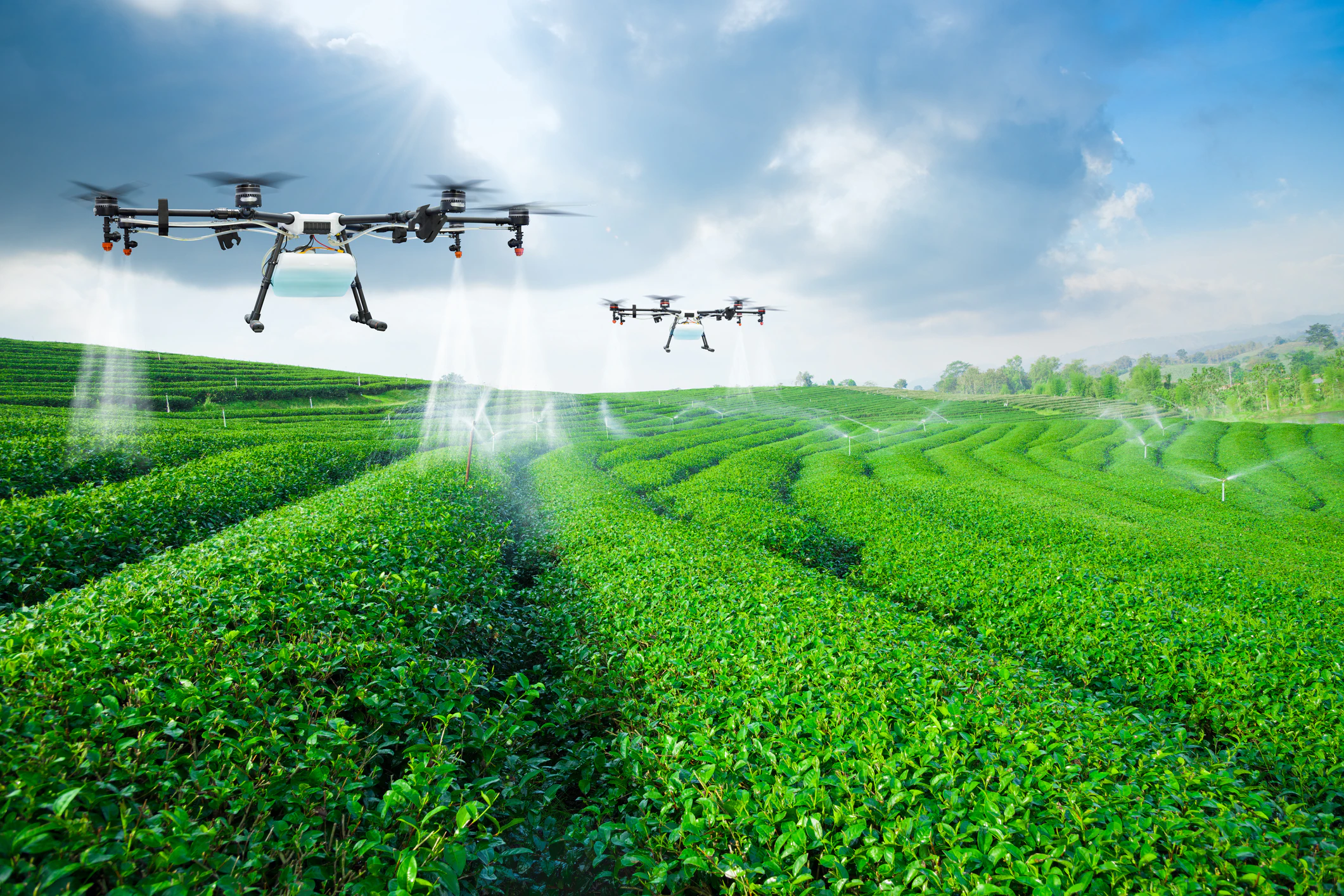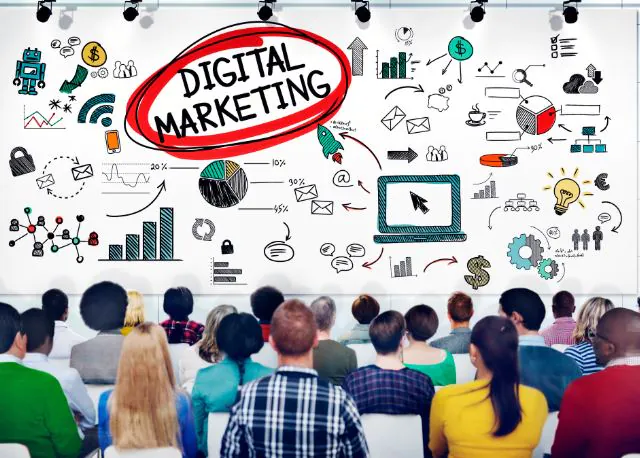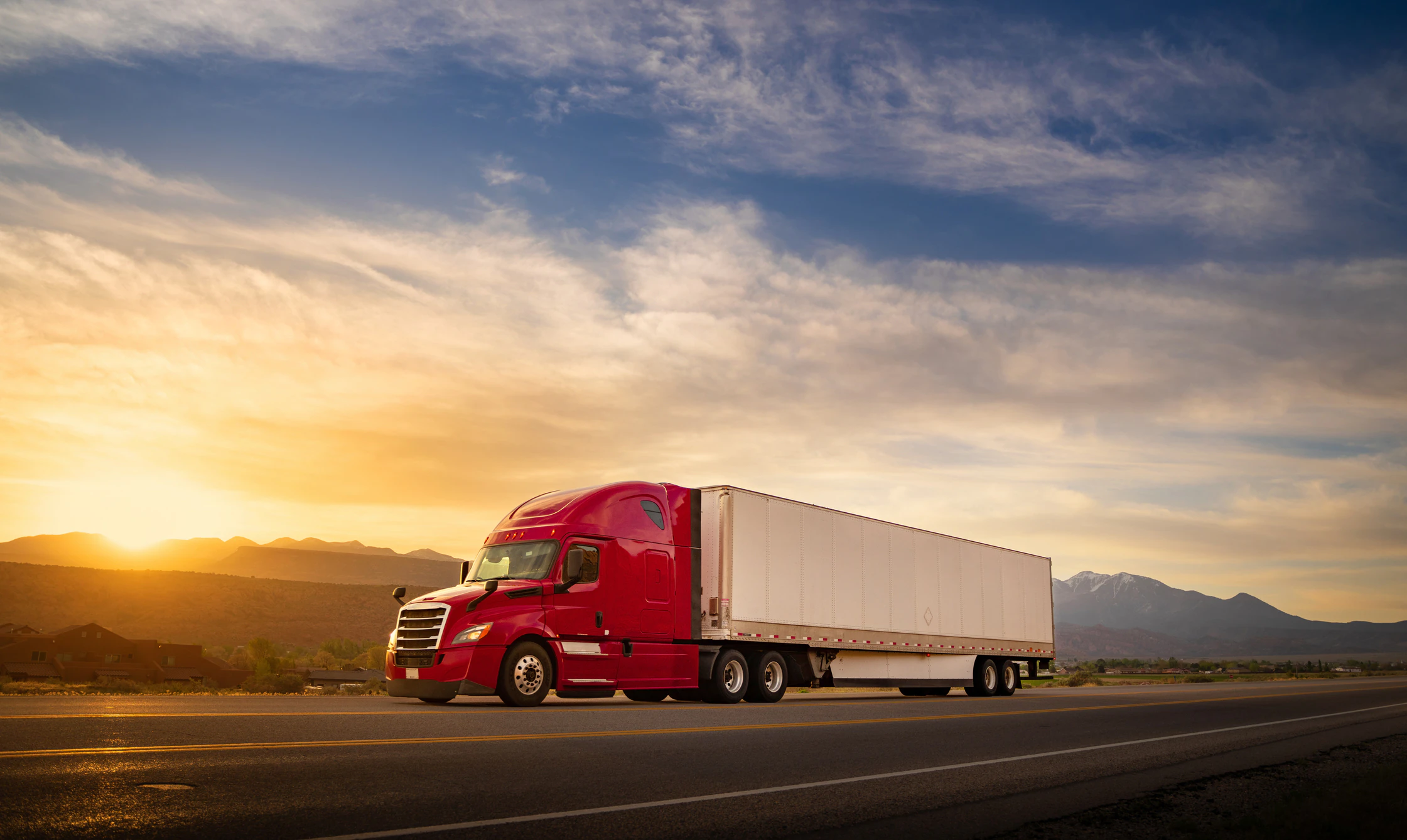In recent years, supply chains have grown increasingly complex, driven by higher consumer expectations, globalization, and the need for faster, more flexible delivery methods. Amid this evolution, drones in supply chain operations have emerged as a compelling innovation. From last-mile delivery to inventory tracking, drones or unmanned aerial vehicles (UAVs) are gradually shifting from experimental novelty to practical tool.
But while the technology offers clear advantages, it’s not without hurdles. As logistics leaders explore drone adoption, understanding both the upside and the disadvantages of drone delivery is essential to making informed, strategic decisions.
Need help assessing if drones fit into your supply chain strategy? Let’s talk. Our logistics consultants can guide you through feasibility studies, pilot programs, and regulatory compliance to make the right move at the right time.
A New Era of Agility: How Drones are Transforming Supply Chains
The promise of drone in logistics isn’t just about flashy futuristic concepts it’s rooted in solving real-world problems. Here’s how drones are already making a meaningful impact:
Accelerating Last-Mile Delivery
Last-mile logistics is one of the most expensive and time-consuming elements in supply chain management. Drones provide a way to overcome this bottleneck by offering fast, direct deliveries particularly in areas plagued by traffic congestion or poor infrastructure.
Cost Efficiency and Operational Savings
Once the upfront investment is made, drones can help reduce transportation costs significantly. They consume less energy than traditional vehicles, require fewer human resources, and can automate repetitive tasks like inventory scanning.
This becomes especially powerful in warehouse operations. Equipped with cameras and sensors, drones can fly over shelving units to conduct inventory checks, drastically reducing the time and labor involved in manual stocktaking.
Serving the Unreachable
For rural regions or disaster-affected zones, drones can deliver supplies without relying on ground infrastructure. Their ability to fly directly to a GPS location makes them invaluable in humanitarian logistics, emergency responses, or in communities with poor road networks.
Supporting Sustainability Goals
With their electric power systems and minimal emissions, drones are a greener alternative to traditional delivery trucks. For companies seeking to reduce their carbon footprint, integrating drone deliveries into their logistics network supports broader ESG (Environmental, Social, and Governance) initiatives.
Ground-Level Reality: Where Are We Now in 2025?
Fast forward to 2025 and we’re witnessing accelerated progress, albeit with practical constraints. In the U.S., partnerships between retailers and drone companies are completing thousands of deliveries in select urban areas.
Major logistics players are investing in pilot projects, exploring autonomous drone fleets, and building the infrastructure necessary for drone-based supply chain operations. However, adoption is still limited to specific use cases and regions where regulatory approvals, infrastructure, and public acceptance are in place.
The Flip Side: Understanding the Disadvantages of Drone Delivery
Despite the optimism, it’s important to temper expectations. Embracing drones in logistics doesn’t come without its share of challenges.
Tight Airspace Regulations
Perhaps the most immediate barrier is regulatory. Governments are understandably cautious about integrating drones into already crowded airspace. Operators must navigate strict rules regarding flight paths, altitude, and licensing. Urban deployments especially face layers of complexity related to safety and privacy.
Limited Payload and Battery Life
Most delivery drones today can carry around 2 to 5 kilograms and have a flight time of about 30 to 60 minutes. That severely limits their utility for large, heavy, or long-range deliveries. For now, they remain suitable primarily for small packages, medical supplies, and lightweight goods.
Weather Dependency
Drones are sensitive to weather conditions strong winds, rain, snow, or extreme temperatures can ground them entirely. This unpredictability poses a risk to service reliability, especially in regions with frequent or volatile weather patterns.
High Capital Investment
Although operational costs may gradually decrease, the upfront investment in drones, specialized training, software, maintenance hubs, and essential support infrastructure remains significant. For small to mid-sized businesses, this financial hurdle can limit adoption, giving larger enterprises with deeper pockets a competitive advantage in embracing drone technology.
Privacy and Security Risks
The use of drones equipped with cameras and sensors raises significant concerns around surveillance and data privacy. Residential areas may push back against drone presence, particularly if there’s a perception of intrusive monitoring. Furthermore, connected drones are vulnerable to cybersecurity threats, making data protection a priority.
Public Trust and Perception
Though public sentiment is warming, many people are still uncomfortable with drones flying overhead. Concerns range from noise and safety to visual pollution and the potential for malfunction. For widespread adoption, companies will need to invest not only in technology but in trust-building and community engagement.
Looking Ahead: What Will Drive Broader Adoption?
While the full-scale integration of drones in supply chain logistics is still evolving, several factors will accelerate adoption:
- Advancements in battery life and payload capacity will unlock more use cases.
- AI and 5G integration will enable smarter navigation and fleet coordination.
- Regulatory frameworks are slowly becoming more standardized, particularly in tech-forward regions.
- Public-private partnerships will be key in building trust and demonstrating use-case viability.
Global investment in autonomous supply chain drones is expected to grow at a 23% CAGR over the next five years, highlighting the strong interest in overcoming today’s constraints.
Conclusion
The rise of drones in supply chain management represents one of the most exciting shifts in logistics innovation. The benefits speed, cost-efficiency, environmental sustainability, and improved access are tangible. But so are the disadvantages of drone delivery, including operational limitations, regulatory hurdles, and public trust issues.
For businesses exploring this space, the most strategic approach is measured experimentation. Start with targeted pilots, understand the local regulations, and align drone use cases with broader business goals. As technology improves and ecosystems mature, early movers will be better positioned to scale.
In the dynamic world of supply chain and logistics, drones aren’t just flying machines they’re flying toward the future of delivery.
Need help assessing if drones fit into your supply chain strategy? Let’s talk. Our logistics consultants can guide you through feasibility studies, pilot programs, and regulatory compliance to make the right move at the right time.





